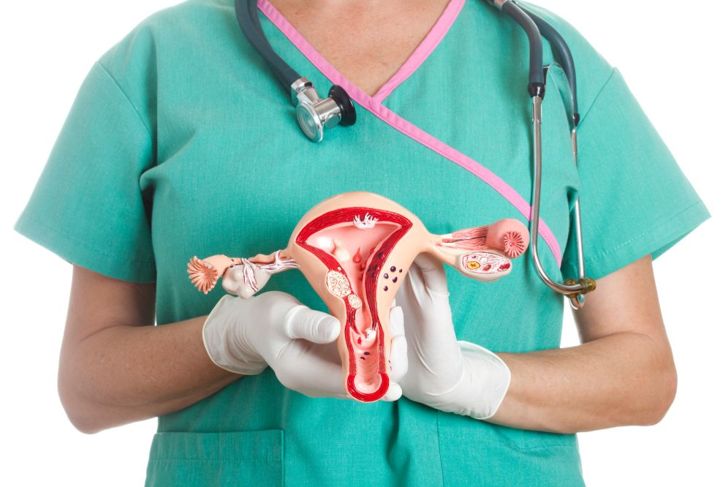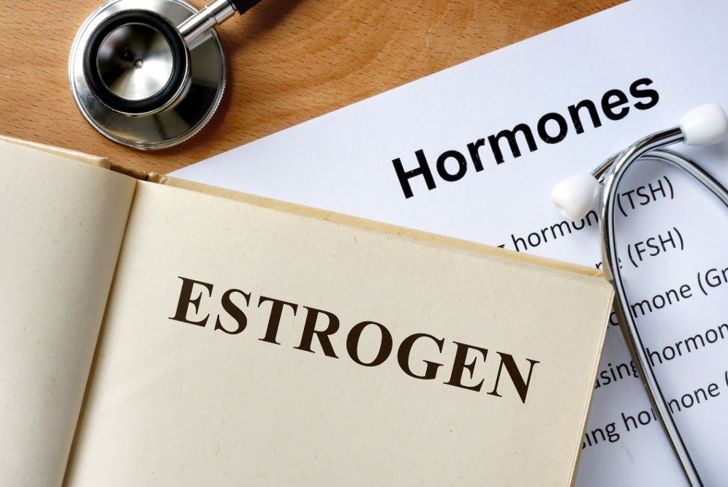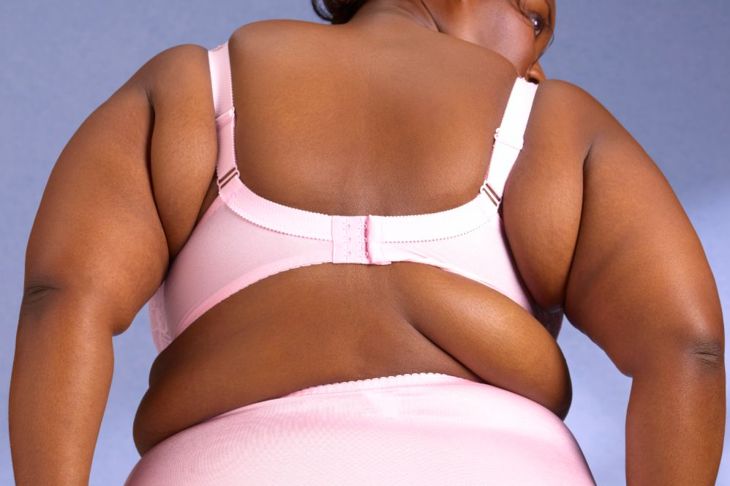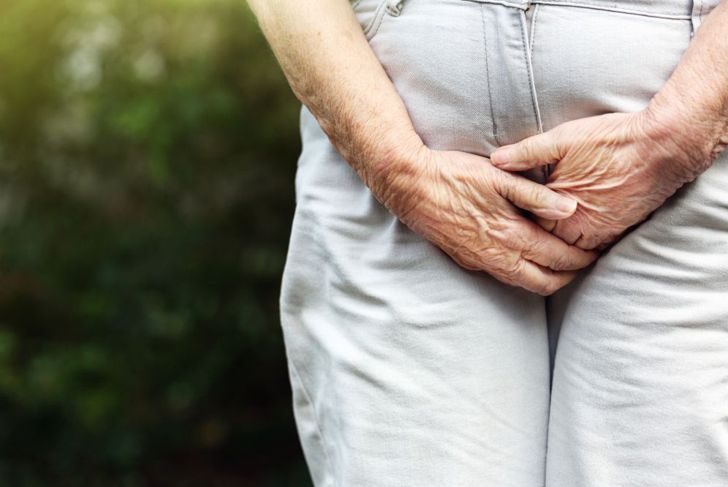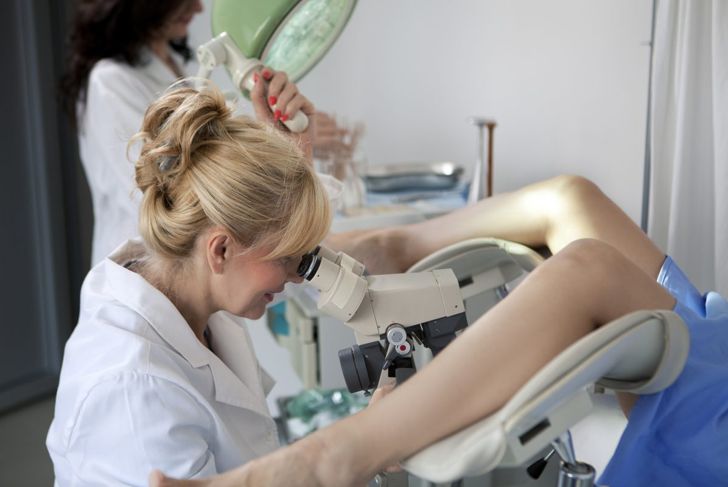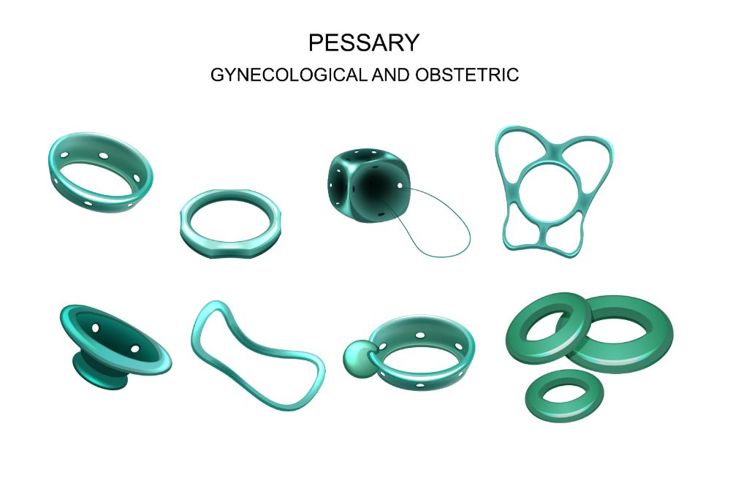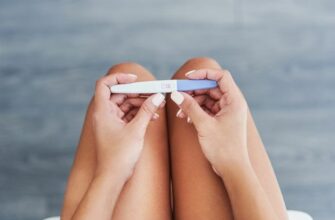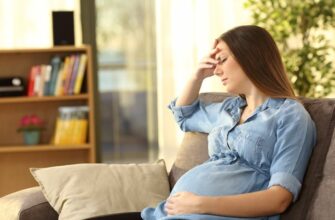A prolapsed uterus occurs when the muscles and tissues of the pelvic floor no longer support the uterus; a combination of weak muscles and overstretched ligaments causes the uterus to slip through the vagina. This condition affects 30 and 50 percent of women between 50 and 79, and some women don’t even realize that they have it. While it can be a frightening occurrence, a prolapsed uterus is a well-known condition with promising treatments.
Prolapsed Uterus Grades
When a doctor diagnoses a woman with a prolapsed uterus, they classify the case based on its severity. A grade 1 genital prolapse is the mildest type, where the uterus drops slightly but is still above the vaginal opening. A grade 2 classification means the uterus has slipped, causing the cervix to reach the vaginal opening. Grade 3 is the most severe, causing a visible bulge from the vagina.
Common Symptoms
Women with advanced grade uterine prolapse may experience uncomfortable symptoms. If the cervix protrudes from the vagina, it continuously brushes against clothing, causing irritation and lesions that burst and bleed. Additionally, the mucus that normally reduces friction between the internal organs leaks and creates discharge. Some women report lower back pain or heavy pressure in the abdomen and that when they sit down, it feels like they’re always sitting on a ball. Women experiencing a uterine prolapse may also endure increased urinary frequency or constipation.
Risk Factors
Women who gave birth vaginally have the highest risk of a prolapsed uterus because pregnancy and childbirth significantly stretch the pelvic floor. Risk also increases with age, and those with a family history of prolapse may be more susceptible. Women with obesity, and those who are overweight similarly carry a higher risk. Lastly, Latina and white women appear to be four or five times more likely to experience a uterine prolapse.
Role of Low Estrogen
During menopause, low estrogen causes the vagina to lose suppleness due to a lack of moisture. It also causes atrophy of the surrounding tissue, leading to weaker muscle tone. This is one of the reasons why some older women experience more bladder infections and bladder leaks when they sneeze or cough. All of these factors put women over 50 at increased risk of pelvic organ prolapse.
Overweight and Obesity
A few studies suggest that women who are overweight and obese, with BMIs of 24.9 or greater, have a higher risk of developing uterine prolapse than women with lower BMIs. One five-year study of women between 50 and 79 showed that over 13 percent of those classified as overweight and obese developed uterine prolapse. It also showed that weight gain of as little as eight or 10 pounds increased their risk by 4%. However, the results indicate that a 10% weight loss didn’t improve their condition, and even made it worse. This led doctors to surmise that pelvic floor damage in women with these characteristics may be irreversible.
Companion Conditions
A prolapsed uterus affects other aspects of genital health, sometimes leading to women also experiencing weaker sexual arousal and pain during intercourse.
Diagnostic Tools
Doctors clinically assess uterine prolapse in two ways. During the pelvic exam, they ask women to simulate a bowel movement. This act of bearing down helps the doctor understand how far the uterus has slipped. Next, the patient is asked to simulate stopping urine, which helps clinicians to understand pelvic muscle strength. The doctor also asks other diagnostic questions that will guide treatment options.
Self-Care Treatment
For those with a slight uterine prolapse that doesn’t cause many symptoms, grade 1 or lower, the gynecologist may recommend weight loss to help reduce pressure. Dietary changes that can help include integrating more fiber, which can alleviate accompanying constipation. Kegel exercises — voluntary, sustained pelvic contractions — naturally strengthen pelvic floor muscles. These simple self-care techniques can improve quality of life and peace of mind.
Pessary
For more serious cases, such as a grade 2 prolapse, doctors may recommend a vaginal pessary. This circular device is made from medical-grade plastic and holds the uterus in place, preventing it from drooping any further. These are manually inserted devices that can be taken out periodically for cleaning. It is important for women to find the right size because if it’s too small, for example, the simplest exertion will cause it to slip out. Though the available scientific support for these devices is not strong, they are commonly used by most gynecologists to prevent or delay the need for more invasive procedures.
Surgery
Severe cases of a prolapsed uterus require surgery. Doctors may use a laparoscopic procedure that repairs the pelvic floor with the help of grafted tissue from the patient or medical-grade synthetic material. In less than 20 percent of cases, where other remedies have been exhausted, a hysterectomy is the only solution. This procedure not only removes the uterus but also resolves bladder and bowel issues.

 Home
Home Health
Health Diet & Nutrition
Diet & Nutrition Living Well
Living Well More
More